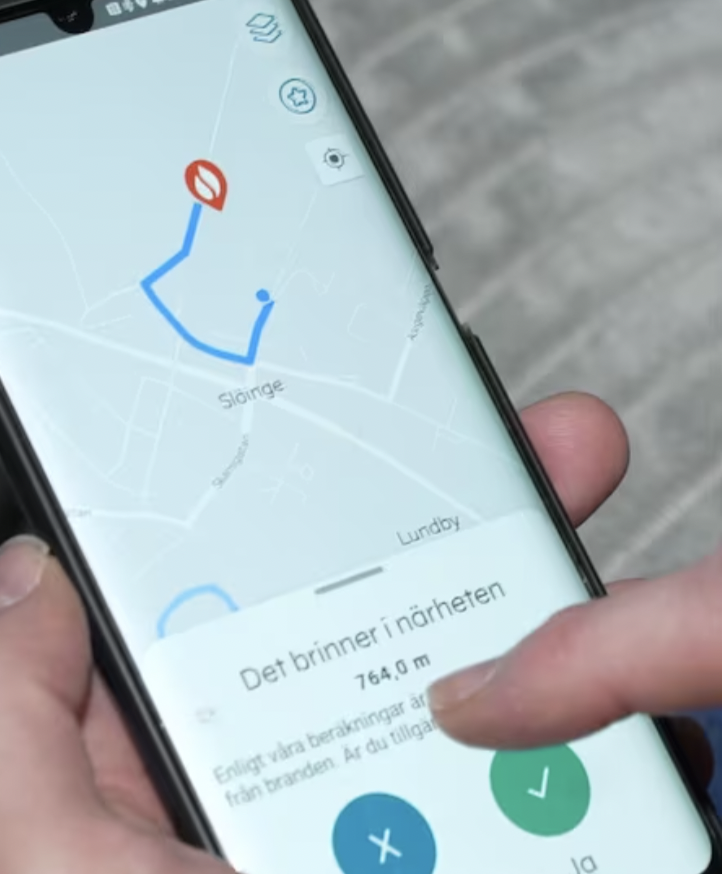Number of Heartrunner volunteers
Alarms since the start
Citizens that are secured

When every minute counts, Heartrunner saves time. Our innovative technology and system, grounded in science, is revolutionizing the effort to improve survival rates for out-of-hospital cardiac arrests (OHCA). We are dedicated to fellow humanity, research, and technology; we believe every human can engage and make a difference, and our system is the facilitator. We have alerted volunteers to OHCA since 2009 and to fires since 2023.


OHCA yearly in Europe:
Survivors:
350,000
10%
Heartrunner makes marks
This is how it works
Voices from survivors and more
Intuitive user interface in app
Whitepaper
Get life-saving insights from over 15 years of experience in alerting volunteers
Download pdfWhat they say
“I get to celebrate more birthdays with my kids. That’s all that matters.”
Maja, survivor and mother of three

“I helped a German teenage girl back to life. It touched my heart deeply.”
Clas, volunteer responder

“It warms my heart to meet volunteers on site, they take their time to help others.”
Anna, Ambulance Nurse




 >
>
 >
>
 >
>
 >
>